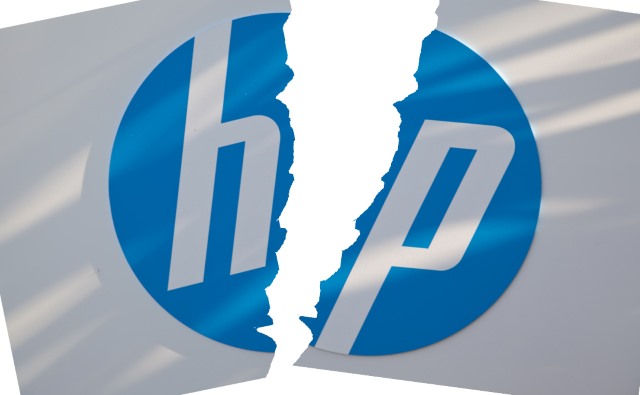
Real Leaders Don’t Follow is full of lessons learned the hard way – through real world experience with big bucks and executives’ careers on the line – but none more important than the one portrayed in the book’s final chapter, The Evolved Leader, which also happens to be my favorite.
It begins like this:
We learn from experience and teach by example. It’s a powerful combination, especially when using our experience to turn examples into lessons. Of all the lessons I’ve learned along the way, perhaps the most important relates to two uniquely human characteristics: humility and empathy.
Our culture is highly judgmental, and no group bears the brunt of our opinions more than leaders. After all, they signed up for it. They make the big bucks. Fair enough. But there’s an old saying that comes to mind about not judging people until you’ve walked a mile in their shoes. If you have the good fortune to run a company, you will no doubt come to realize that, as with so many things in life, it looks a lot easier from a distance than it does when you’re in the thick of it.
As jobs go, being an executive or a business leader is about as hard as it gets. And while I can’t instill in you the humility and empathy that can only come from experience and contemplation, I’m hoping this story comes to mind when you’re facing the sort of no-win situations that are all too common in the business world and stressing over making the wrong call. We’ve all been there. Perhaps no single company in memory has been there more than HP.
What follows the intro is a section called Losing the HP Way. I bring this up because HP has been in the news lately, what with Carly Fiorina running for president and her corporate track record being called into question, not to mention the breakup of one of Silicon Valley’s most storied companies.
Needless to say, I’ve covered both pretty closely in my Fox Business columns and there’s so much Kool-Aid out there in the media and blogosphere it isn’t funny. Here’s what I think really happened, in a nutshell.
Contrary to popular belief, not only did Fiorina and Mark Hurd not destroy HP, together, they saved it. Had they worked together as CEO and COO instead of consecutively, they would have been almost perfect complements of each other: Fiorina the big picture strategist with vision and Hurd the numbers guy who executes.
To use a baseball analogy, Fiorina loaded the bases and Hurd hit the ball out of the park. The result was five consecutive years of market share, revenue, and profit growth during the time of the Great Recession, no less.
Fiorina only made one major strategic blunder. Contrary to popular belief, it wasn’t acquiring Compaq, but not acquiring PwC’s consulting practice. She had the chance twice and got cold feet. IBM later swept it up and became the world’s leading IT service company. C’est la vie.
But if the Compaq acquisition was such a terrible move, then how was Hurd able to turn it into a market share leader and profitable revenue growth engine for so many years?
The biggest misconception is that Fiorina and Hurd decimated the company. Actually the opposite is true. They streamlined it for speed and growth. Cost cutting does not get you five straight years of market share and top line growth. Ever.
So why is there so much BS out there about Fiorina and Hurd? They weren’t perfect, for one thing. But then, no CEO is. Even Steve Jobs and Lou Gerstner made mistakes in their respective turnarounds of Apple and IBM.
It was the company’s chronically dysfunctional board of directors who threw the pair under the bus and their successors, Leo Apotheker and Meg Whitman, who played a selfish blame game to cover their own poor performance.
This is what I believe to be true:
Prior to Fiorina, HP had grown bloated and sluggish. The board wanted a change and sought a rock star CEO to make it happen. Fiorina was hired to reorganize, streamline, shake things up, and come up with a new vision, and that’s exactly what she did.
Hurd then executed on Fiorina’s strategy flawlessly, leading the company to a highly successful turnaround and its best performing five years in modern times, per any operating metric you choose.
Both CEOs were rewarded for their efforts by being forced out by what legendary Silicon Valley VC Tom Perkins called “the worst board in the history of business.”
Apotheker, who had previously been fired by SAP, came very close to single-handedly destroying the company in just 11 months. I’ve never seen anything like it. Then again, the board rubber-stamped every decision he made and Whitman was a director.
Whitman has since presided over four straight years of revenue declines, nearly $20 billion in write-offs, and a staggering 85,000 announced layoffs – roughly doubled that of Fiorina and Hurd combined. Then she broke up the company – a politically expedient tactic to mollify Wall Street.
This, in my opinion, is the bottom line: Fiorina set up Hurd who executed a great turnaround. Apotheker nearly destroyed the company and Whitman has spent four years of what she calls a five-year turnaround plan simply managing the company’s slow and steady decline. In my opinion, there’s no turnaround in sight.
Don’t get me wrong. I have great respect and empathy for every CEO named herein. But as chief executive officers of a public company, they and their stakeholders deserve nothing less than fair scrutiny by the media and pundits. Since I haven’t seen a whole lot of that to date, I’ll keep working to set the record straight.
Photo credit: Dragan Jovanovic / Shutterstock.com